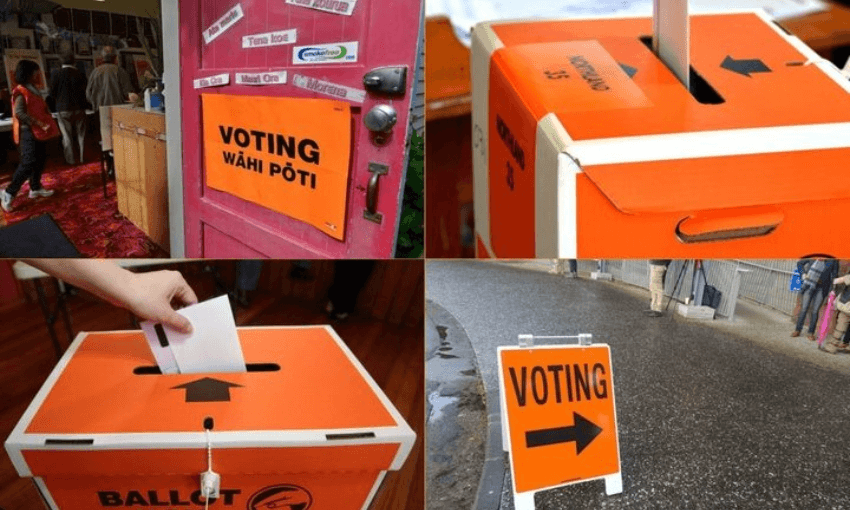The final verdict is in on how electorates will change for the 2020 election. So what’s different? And will the changes affect the place where you live?
What’s all this then?
Because the population of New Zealand isn’t normally forced to stay in exactly one place for extended periods of time, the Representation Commission changes the boundaries and the names of electorates every five years. The latest round has just been released, and will be in place for 2020.
Where are the biggest changes?
By far the biggest single change is the addition of a whole new electorate to the South of Auckland’s CBD. It will be called Takanini, after the previous suggestion of Flat Bush was rejected. The electorate will be bordered by Botany to the north, Papakura to the east, and Manurewa to the west. It will bring the total number of Auckland region electorates up to 25.
Auckland as a whole saw quite significant boundary changes as a result, with some shuffling required after Takanini was carved out. To the north, Rodney will be renamed Whangaparāoa, and will now include areas of Dairy Flat and Coatesville. The Waitākere Ranges will now be part of New Lynn in the west. Helensville will now extend into Northland, and has been renamed Kaipara ki Mahurangi. And there will also be some changes made to Mt Roskill, Maungakiekie, and Manukau East.
What about places that aren’t Auckland?
Another significant change will take place around Dunedin, which previously had two electorates – Dunedin North and South. Because of population changes, Dunedin North will now cover most of the city, and simply be called… Dunedin. A few southern bits of the city (and towns like Mosgiel) have been pulled together with more rural South Otago areas, to form the renamed electorate of Taieri.
Population growth in the Selwyn District has also resulted in significant changes for Canterbury. The Port Hills electorate will be renamed Banks Peninsula, after picking up that area from Selwyn. And Ilam, Wigram, Christchurch East and Rangitata will also be moved around a bit.
A minor change is being made to the Nelson electorate, which is losing the town of Brightwater to West-Coast Tasman – which itself was already the largest single general electorate by geographical area.
Changes are also being made in Whangārei, the Waikato region, and the Bay of Plenty region.
Is anywhere not changing?
Overall, 31 general electorates have been left unchanged. That includes the entire lower North Island too. The total number of South Island electorates has remained fixed at 16.
What about the Māori electorates?
The number will remain at seven, but boundary changes will be made to five of them. The major change is that Tāmaki Makaurau will gain area from Te Tai Tokerau and Hauraki Waikato. Minor changes have also been made in Naenae between Ikaroa-Rāwhiti and Te Tai Tonga.
How many electorate names are changing?
Here’s a full list:
And what will it mean for parliament as a whole?
It will also slightly change the balance of electorate seats to list seats in parliament – there will now be 65, with an additional seven Māori electorates, and the rest of the 120 seat parliament will be made up of list seats.
I’m annoyed about these changes. Who do I complain to?
It’s too late! There was previously a chance to complain, and that feedback was taken into account to produce these finalised versions.
I’m also confused, is there a place to see what electorate my address is in?
Go to vote.nz and go wild in anticipation of some good old-fashioned democracy.

